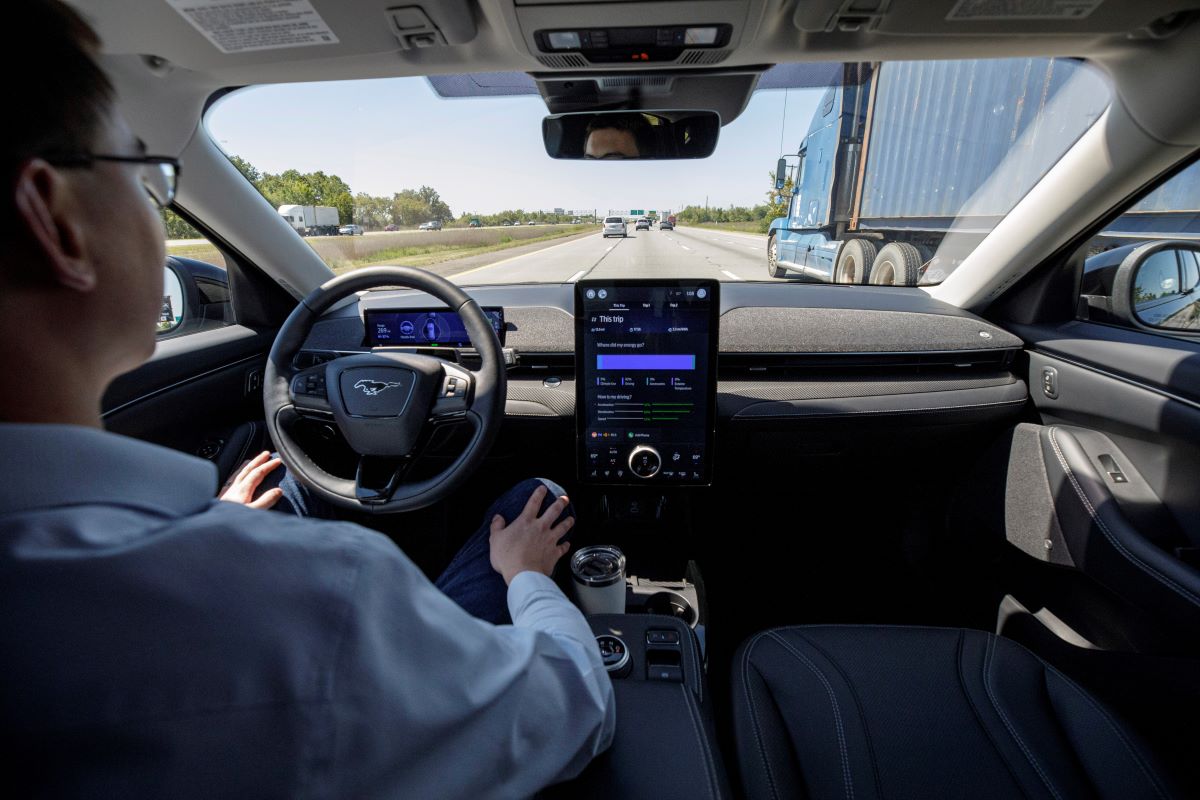
Some ultra-high-end hypercars and luxury vehicles have over-the-top features that you’re unlikely to see on anything a regular human being can afford. But in this day and age, you don’t have to be a multi-billionaire to own a ride packed with high-end tech.
Some features that were considered a bit space age just a few years ago are now standard on pretty much every modern car. This includes things like keyless entry, systems that basically allow the vehicle to drive itself, and tech that takes the hassle out of what many consider challenging maneuvers.
This is not really a new concept. High-end features have been trickling down to lower-end vehicles for decades. Cruise control, traction control, and even things like a car radio were all cutting-edge luxury options at one point. Of course, the modern stuff is a lot more impressive. Here’s a list of high-tech car features that we’re on the cusp of taking for granted.
Keyless entry

Unless you own an older car, you won’t have to fumble for a key and either press a button or, if your vehicle is really vintage, pop said key into a lock to access your ride. Many modern cars have keyless entry systems. What this basically means is if you have the car’s key fob in your pocket, the vehicle will sense its presence when you get close enough and unlock the car for you.
Keyless entry doesn’t just apply to the car’s doors. You won’t have to jam a key into the ignition cylinder either, as most vehicles tend to go for a push-button start. Some, like Lucid’s Air line of EVs, don’t even require that. If you’re sat in the driver’s seat, your car’s good to go. Just slip it into drive, or reverse and head out.
Advanced Driver’s Aids

A lot of car tech is aimed at making driving easier. This may seem like a strange thing to write, but a large chunk of the populace isn’t too fond of driving. It’s more of a chore than anything else. And even the most die-hard gearhead may understand that feeling if they’re ever unfortunate enough to head down a boring, featureless, strip of interstate in something very uninspiring. There’s also a reasonable chunk of the populace that may or may not enjoy driving, but they aren’t much good at it either way.
As a result, we now have things like lane departure assist, pedestrian spotting, lane change assist, level 2 self-driving, level 3 self-driving (in very limited areas and specific vehicles), and automatic braking. While most of this still requires the person operating the vehicle to be in the driver’s seat and alert, it does provide an amazing safety net when needed. Things like advanced cruise control features and level 2 self driving also take a lot of the effort out of a long trip. So you can simply set your speed and relax while the car does all of the work.
Advanced smartphone integration

Smartphones work with pretty much everything these days, and cars are included with this.
Many manufacturers are putting a lot of effort into proprietary systems, and some of those systems work very well and can either incorporate your smartphone, or run off their own sim card, or both. But the two big names are Android Auto and Apple Car Play, which basically turn your phone into the vehicle’s infotainment system.
Apple and Google’s options work particularly well if you find yourself in different cars quite often. Mainly because you immediately know how to use it, and the experience is of consistent quality. Most modern vehicles can run both systems over Bluetooth, though some still require a wired connection. On top of the usual infotainment staples, like navigation and music, you can take calls and dictate text messages. As a bonus, if the car you’re in has a poor quality touchscreen, you can usually set things like directions up from your phone.
Parking sensors and cameras

For some drivers, parking and maneuvering can be a little daunting. But thanks to the number of cameras automakers cram into most modern vehicles, it’s all pretty easy these days. Cameras provide front and rear views, and can even provide a top-down view of certain cars. The camera feed allows you to maneuver the car into place with very little effort. Some vehicles come with “self-parking,” though this can be a bit hit or miss. In our experience, it only operates in very limited circumstances.
In addition to the cameras, good old-fashioned parking sensors also tend to be present. So you’ll get an increasingly desperate beeping sound as the front and/or rear of your vehicle as your bumper gets closer to a solid object.
The cameras aren’t just useful in the city. If you’re into offroading and need to navigate through a particularly narrow gap, see the terrain right in front of your wheels, or dodge a troublesome obstacle, they’re useful for that too.



